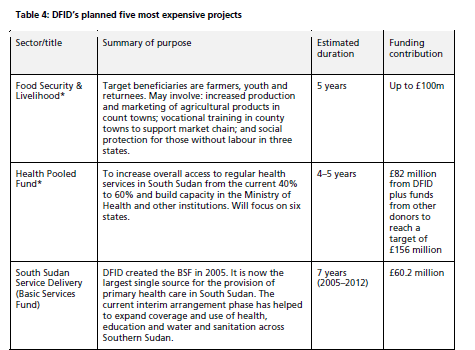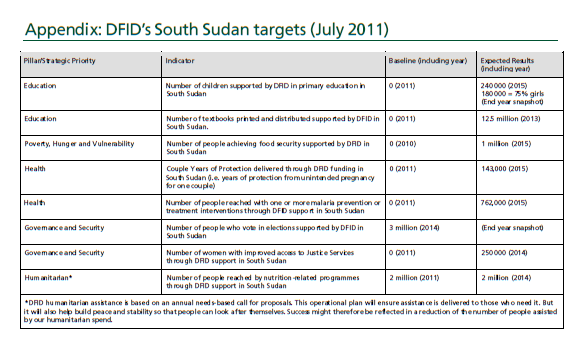Is the claim of a fascinating new paper on Juba by Richard Grant and Daniel Thompson (HT: Sean Fox).
Juba, the capital of South Sudan, is the fastest growing city in Africa, exhibiting the most rapid urban expansion and growth ever to take place in the region. Despite its explosive demographic and infrastructural expansion, the urban explosion has received virtually no attention from urban scholars.
since 2005 [Juba] recorded spectacular urban expansion: at upwards of 12.5% per annum, the city’s growth is among the fastest rates of urbanization in human history. [Population] has more than doubled in the past seven years to at least 500,000-600,000 by 2012.On the urban economy:
The sudden and massive influx of development aid and investment drives local property and consumer markets
Juba functions within a highly unequal cash economy: while Juba can be among the most expensive cities in Africa (for example US$200 for a basic hotel room and seasonal food price hikes); simultaneously, subsistence wild food harvesting is necessary for many food-insecure urbanites.On urban livelihoods:
the urban poor concentrate on firewood collection, informal construction (digging pit latrines, stone breaking, and mudding traditional dwellings), charcoal making (exacerbating deforestation), petty trade (tea and food selling), motorcycle taxi (boda-boda) driving, and brewing alcohol.And on rural "land grabs":
analyses showing approximately 5% of total land is under cultivation
Between 2007 and 2010, 8% of South Sudan’s total land area was acquired by international private interests (firms from the US, Egypt, UAE, and UK are the largest investors)



